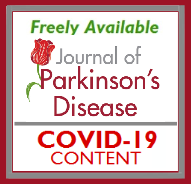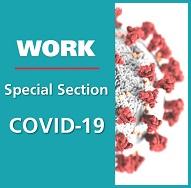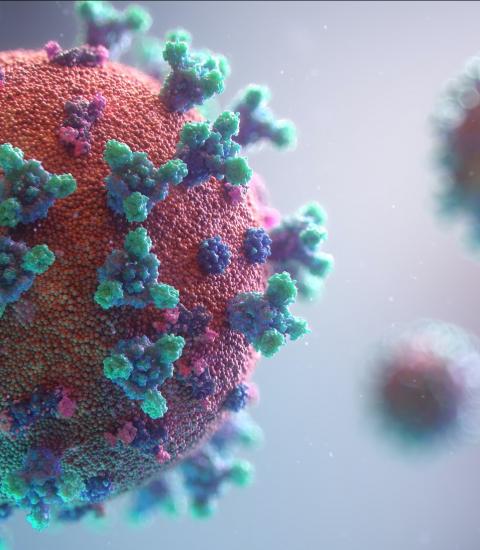
by Carmel McNamara, IOS Press, Amsterdam, NL
The most popular article published in the IOS Press Content Library during 2020 is on the topic that has been the focus of the world’s attention throughout this testing year. The study in question is a review that appeared in the Journal of Alzheimer’s Disease in June about the neurobiology of COVID-19. As 2020 draws to a close, we take a moment to consider content published in our journals relating to the pandemic and look at how IOS Press – like many in the scholarly publishing world – changed its working practices overnight.
The first articles began appearing in IOS Press journals from April 2020 onwards – initially, we saw editorials and article commentaries, before the research studies and the review papers started to get published. One of the earliest articles was a commentary in the Journal of Parkinson’s Disease where the authors Bas Bloem and Rick Helmich were not wrong in their statement: “The COVID-19 pandemic has profoundly changed people’s normal routines, and this all happened over a very short period.” Soon it became the new norm to be faced with daily facts and figures, as Pieter Everaers – Editor-in-Chief of the Statistical Journal of the IAOS – highlighted in his editorial, penned a few months into the pandemic: “We have been following the epidemiological information, curves with rates and numbers of measured, registered and estimated infections alongside dramatic images of overcrowded hospitals and empty streets. The crisis showed the vulnerability of many systems, in health, education, etc. Though, the reaction by societies on the effects of the COVID-19 pandemic shows that there is an enormous creativity in organizing daily life, making society aware that many things can and have to be differently organized in the near future. The reaction of society also showed the value of new types of data and information and new applications, making us faster and better understand the developments.”
The rapid change to personal routines was also accompanied by rapid changes in the scholarly publishing world, with a speeding up of manuscript processing times for COVID-19 studies as they were fast-tracked through peer-review. During a difficult time for everybody, we have been so appreciative of the time and efforts of all the editors, authors, and reviewers who made this possible. As of mid-December 2020, COVID-19 content has been published in 24 journals from the IOS Press portfolio, as well as four book titles.
IOS Press’ approach to COVID-19
Albert Meijer and William Webster, Editors-in-Chief of Information Polity, wrote a special editorial at the start of April and commented: “The COVID-19 global pandemic means we are entering an extraordinary unforeseen period of disruption, ill health and economic hardship. This is creating a very challenging environment for scholarly activity and our academic work has to be put into perspective alongside important family and public health matters. Nevertheless, we will endeavor to ensure that the business of the journal continues effectively, to the highest standards, yet at the same time sympathetic to the situations that our authors, reviewers and Associate Editors find themselves in. Thanks also to IOS Press for keeping the ‘show on the road’.”
This is precisely what we did our best to do. Although it was not 100% business-as-usual, IOS Press was lucky enough to manage a seamless transition once lockdown hit the Netherlands in mid-March, which is when the majority of staff started working from home – and are still doing to this day (and will be into next year). While many in the scholarly publishing world might have expected a dip in journal submissions as a result of the global pandemic, this does not appear to have panned out and it is expected there will be a slight increase in articles published in IOS Press journals compared to 2019 – we can assess this completely once the year-end arrives.
The company’s approach to publishing COVID-19 content was clear from the outset, with all such content being made freely available and easily accessible via a dedicated page on the IOS Press website – see here. As soon as an article is available online, it gets added to our content overview in the weekly update. This collection is highlighted in external listings also, for example in the Copyright Clearance Center's COVID-19 resource list.
Below, we take this opportunity to feature some of the most viewed articles to date (via the IOS Press Content Library) and highlight collections of COVID-19 content published by various journals, whether in special issues or on dedicated listings.
Popular COVID-19 articles
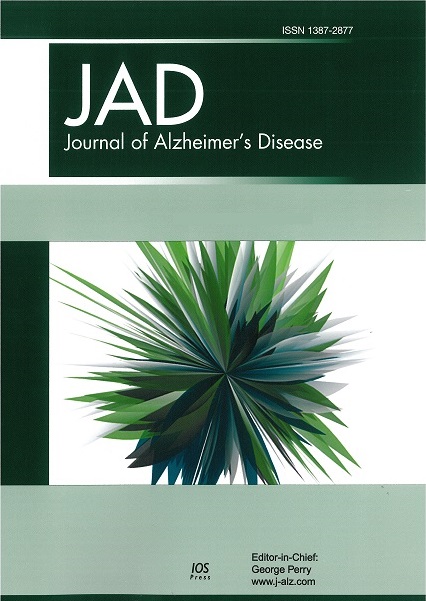
Three Stages to COVID-19 Brain Damage Identified by Top Neurologists
Review Article – Neurobiology of COVID-19
by Majida Fotuhi, Ali Mian, Somayeh Meysami, and Cyrus A. Raji
Journal of Alzheimer's Disease, Volume 76, Issue 1 (June 2020)
This comprehensive review of the COVID-19’s effect on the nervous system classifies brain damage caused by COVID-19 into three stages. The authors propose the adoption of a three stage “NeuroCovid” classification scheme to provide a basis from which to build on future hypotheses and investigations regarding SARS-Cov2 and the nervous system. The paper concludes as follows: “Patients with COVID-19 can present with a wide range of neurological manifestations that can be due to the injury to central and peripheral nervous system via a cytokine storm, blood clots, direct damage by SARS-Cov2, and/or molecular mimicry. This review, while presenting what is currently known about this virus and the related clinical neurology, represents only the base of what will eventually become a separate active field of research. Much work remains to determine a fuller understanding of the underlying neurobiology of COVID-19.”
View press release | View article
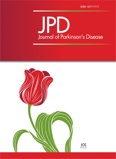
Neurological Consequences of COVID-19: The “Silent Wave”
Review Article – Parkinsonism as a Third Wave of the COVID-19 Pandemic?
by Leah C. Beauchamp, David I. Finkelstein, Ashley I. Bush, Andrew H. Evans, and Kevin J. Barnham
Journal of Parkinson's Disease, Volume 10, Issue 4 (October 2020)
In this review, researchers put spotlight on the potential long-term neurological consequences of COVID-19, dubbing it the “silent wave”. They are calling for urgent action to be taken to have available more accurate diagnostic tools to identify neurodegeneration early on and a long-term monitoring approach for people who have been infected with the SARS-CoV-2 virus. The researchers report that neurological symptoms in people infected with the virus have ranged from severe, such as brain hypoxia (lack of oxygen), to more common symptoms such as loss of smell. Inflammation is understood to play a major role in the pathogenesis of neurogenerative disease and has been particularly well studied in Parkinson’s. The authors conclude the paper: “The best way to identify populations that are likely to develop parkinsonism will be to create a health registry of COVID-19 patients that undergo regular long-term neurological follow up for the signs of prodromal PD/parkinsonism, as well as blood tests for neurofilament light chain for signs of neurodegeneration. This strategy will allow for the stratification of patients likely to develop parkinsonism and refer individuals for diagnostic dopamine neuroimaging studies.”
View press release | View article
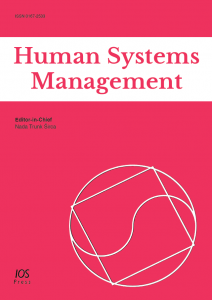
Human Systems Management Critical for Businesses During COVID-19
Research Article – Impact of Employees’ Engagement and Knowledge Sharing on Organizational Performance: Study of HR Challenges in COVID-19 Pandemic
by Tanveer Ahmed, Muhammad Shahid Khan, Duangkamol Thitivesa, Yananda Siraphatthada, and Tawat Phumdara
Human Systems Management, Volume 39, Volume 4 (November 2020)
The COVID-19 pandemic has disrupted all types of organizations, leading human resources (HR) managers to reconsider their roles to support the implementation of social distancing practices, safety measures, and new ways of working. A special issue of Human Systems Management looks at the behavioral challenges posed by new ways of working and presents new models and tools to help organizations manage the transition. The most viewed article in this issue looks at the challenges faced by HR during the pandemic. The authors conclude: “To achieve the full benefits of employee engagement, we need to work hard at all levels, including integrating employee engagement and client satisfaction into employees’ rewards and compensation plans. Employees who are engaged feel a greater connection with their work and the organization.”
View press release | View article

Passive Immunization May Slow Down SARS-CoV-2 and Boost Immunity in Patients
Article Commentary – Coronavirus Drugs: Using Plasma from Recovered Patients as a Treatment for COVID-19
by Foad Alzoughool and Lo’ai Alanagreh
International Journal of Risk & Safety in Medicine, Volume 31, Issue 2 (May 2020)
Using antibodies from recovered patients has been life-saving for other acute infections and should be explored in response to COVID-19, researchers state in their study, published in the International Journal of Risk & Safety in Medicine in May 2020. It was considered that passive immunization (PI) can provide instant, short-term fortification against infectious agents. After exposure to a viral infection, an individual’s body creates antibodies to fight off the virus. These antibodies in the blood of a recovered patient can be collected as convalescent plasma and transferred to the blood of a newly infected patient where it can neutralize the pathogen, eliminate it from the blood stream, and boost immunity. While PI does not provide long-term protection against the virus, it can reduce the aggressiveness and mortality of an infection. The authors conclude: “Since its discovery, PI has proven to be life-saving for many acute infections. Even though COVID-19 might be different, PI experiences provide relevant historical precedents that are both reassuring and useful as humanity now confronts this pandemic. With the current deterioration of global health systems, we believe that PI deserves the clinical evaluation as a method for treating COVID-19.”
View press release | View article
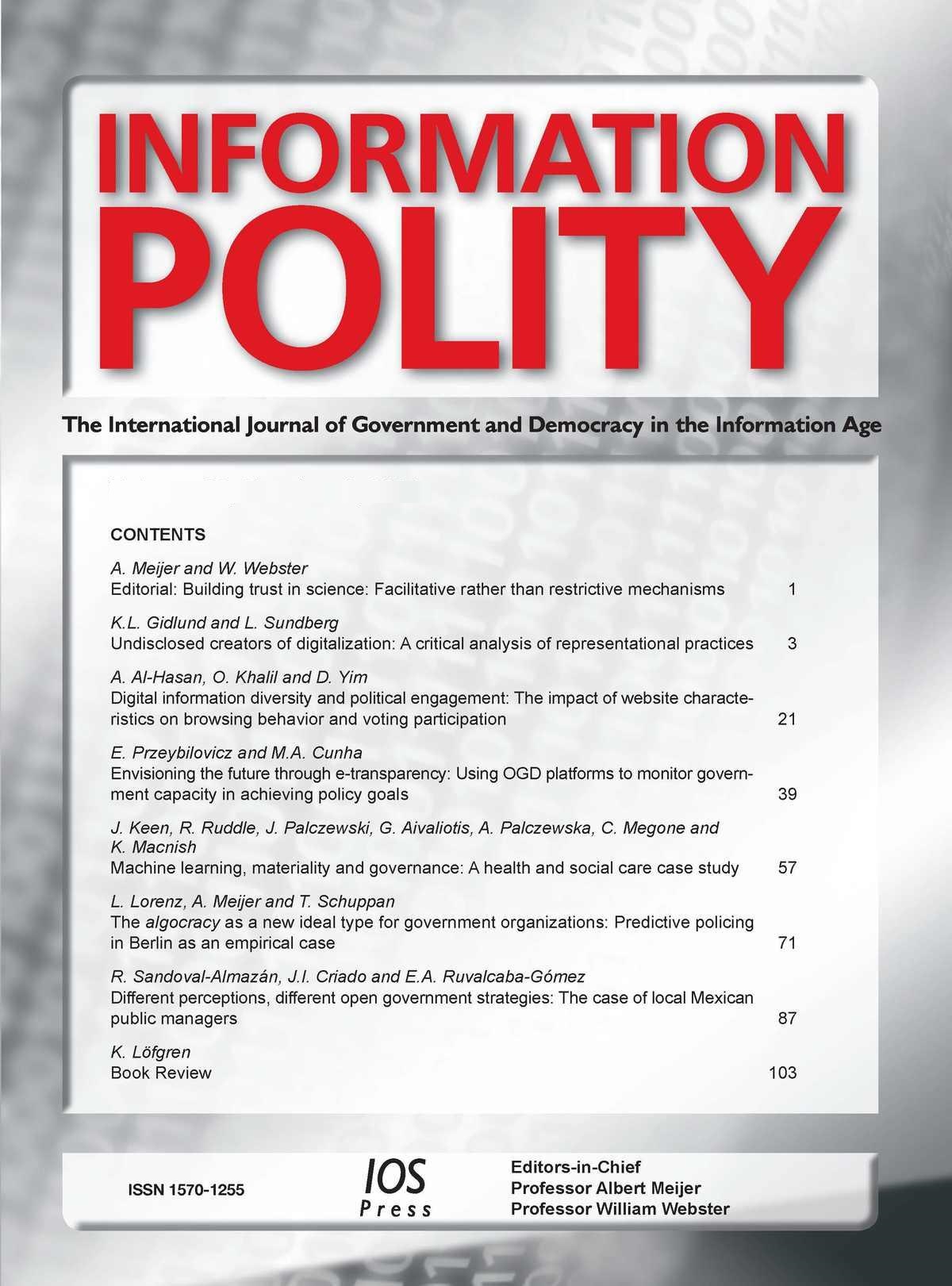
The COVID-19 Crisis and the Information Polity
Review Article – An Overview of Responses and Discussions in Twenty-One Countries from Six Continents
by Albert Meijer and William Webster, et al.
Information Polity, Volume 25, Issue 3 (August 2020)
The Editors-in-Chief of Information Polity, Albert Meijer and William Webster, published a commentary in the August issue of the journal – along with a number of contributing authors – which went on to be the most viewed article in the journal this year. They state in the editorial: “We are only now becoming aware of the full financial and social extent of its consequences as we experience what is often referred to as the ‘new normal’. Governments around the world have taken unprecedented measures, to different degrees of success, to quell the spread of the virus, with lockdowns and travel restrictions commonplace. New information and communications technologies have played a central role, at many different levels, in responding to the pandemic.” The authors conclude their review article: “Through in-depth studies of patterns over time and through causal process tracing, insights can be generated about the effectiveness and legitimacy of different informational responses in different contextual conditions. Scholars of e-government and the information polity are well placed to further this research agenda and to provide important insight and evidence about the way in which the COVID-19 pandemic has been managed across the world.”
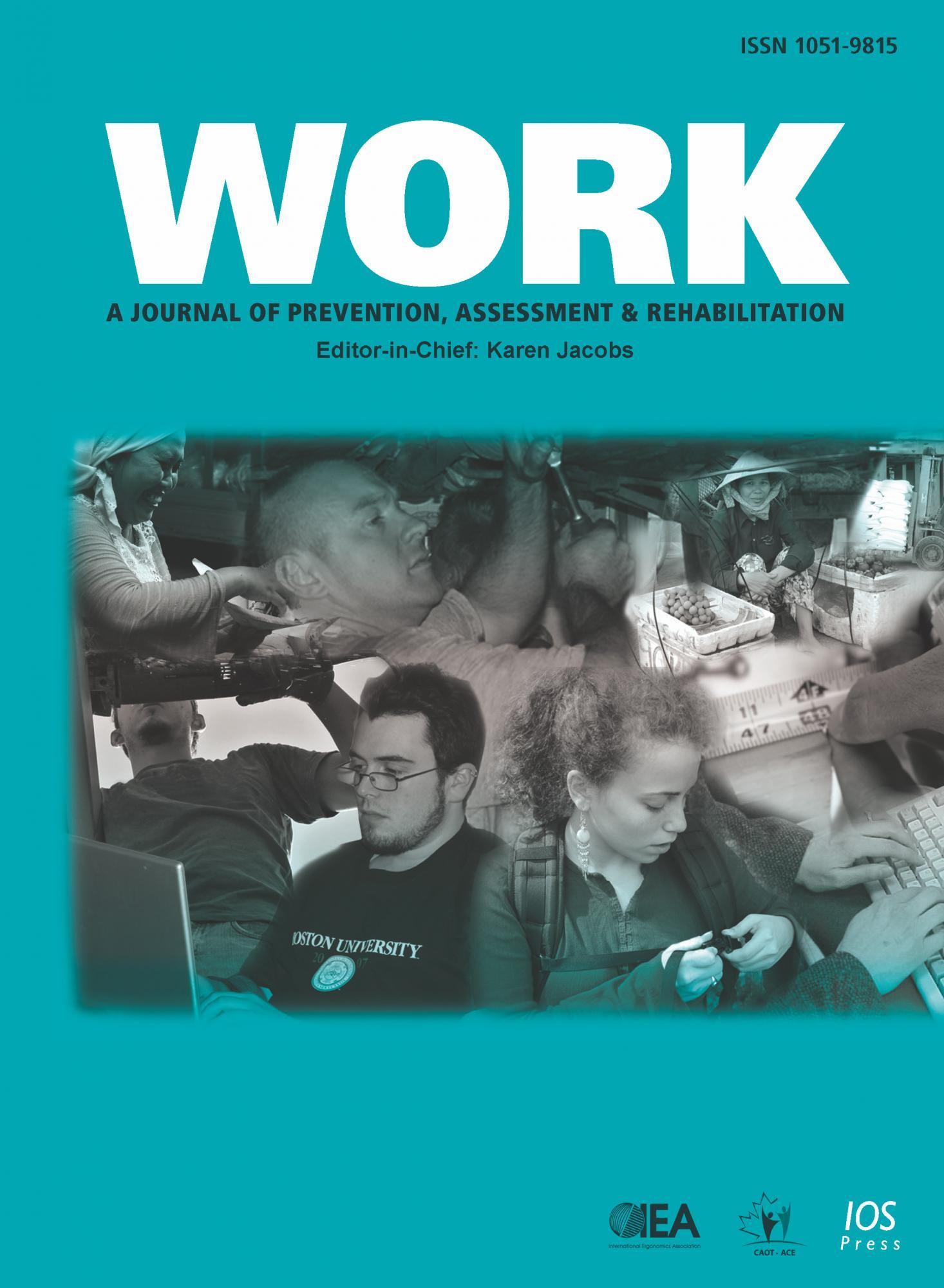
Recommendations for Coping with Working and Learning Remotely and Returning to the Workplace
Article Commentary – Recommendations for Working from Home During the COVID-19 Pandemic (and Beyond)
by Sandra Lopez-Leon, Diego A. Forero, and Paola Ruiz-Díaz
Work, Volume 66, Issue 2 (July 2020)
At the start of December, a press release was issued by the Work journal that outlined Editor-in-Chief Karen Jacob’s commitment to helping organizations manage the challenges they face during the COVID-19 pandemic by publishing robust, evidence-based research and commentary – a special section has been published in the journal since the pandemic began with the most viewed article relating to working from home. In the paper, the authors provide several recommendations on how to work from home which include: create routines, be organized, have an adequate home office, enhance your productivity, be responsible, avoid extreme multitasking, facilitate communication and networking, be balanced, use available computer programs and platforms, be creative with remote teaching, explore options for remote research, and learn from the challenges. The authors conclude: “Working from home can be isolating, so take time to connect with your team or, if you live alone, speak to someone on the phone at least once a day. Enjoy working from home; you can even have lunch or coffee with colleagues using virtual meetings.”
View press release | View article
----
For COVID-19 content listings, see the openly available articles here and a collection of our press releases here.



